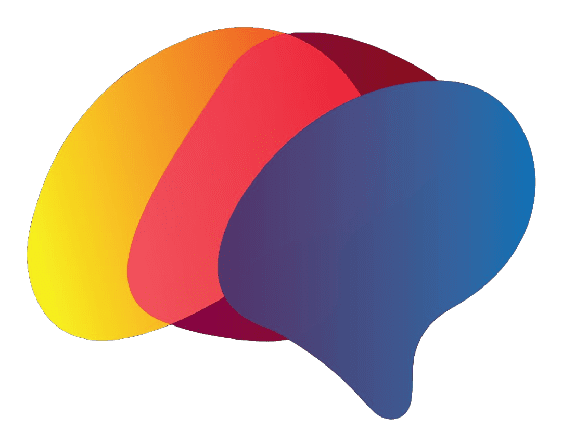Aphasia is a communication disorder that occurs as a result of damage to the brain, typically in the left hemisphere, which is responsible for language processing in most right-handed people. It can affect a person’s ability to understand, produce and/or use spoken and written language.
Aphasia can vary in severity and types of language disorders depending on the location and extent of brain damage. Here are some key points about aphasia:
Causes: Aphasia often occurs following a stroke, particularly in areas of the brain involved in language processing. Other causes can include brain tumors, head injuries, infections, or degenerative neurological conditions such as dementia.
Language disorders: Aphasia can manifest in many ways, and specific language disorders depend on the type and location of brain damage. Some common types of aphasia include:
– Verbal aphasia (Broca’s aphasia): People with expressive aphasia have difficulty expressing their thoughts and opinions through speech. They may have difficulty finding words, forming sentences, and using grammatical structures.
– Receptive aphasia (Wernicke’s aphasia:) Receptive aphasia affects a person’s ability to understand spoken or written language. They may have difficulty understanding and interpreting words or sentences, resulting in gibberish.
Global aphasia: Global aphasia is the most severe form that affects expressive and receptive language skills. People with global aphasia have significant problems with speaking, understanding, reading, and writing.
– Anomic aphasia: Anomic aphasia primarily affects a person’s ability to find words. They may have difficulty recalling or producing specific words, but their general comprehension and fluency may be relatively intact.
Treatment: The primary treatment for aphasia is speech and language therapy provided by a speech and language pathologist (SLP). The goal of treatment is to improve language skills, restore communication abilities, and compensate for language damage. Techniques may include:
– Language exercises to improve word retrieval, sentence formulation and reading comprehension.
– Strategies to compensate for difficulties, such as the use of gestures, alternative communication methods or augmentative and alternative communication (AAC) devices.
– Practicing communication in real life situations, including speaking, reading and writing.
– Support and advice for individuals and their families to deal with the challenges of aphasia.
Multimodal approaches: In addition to speech therapy, other treatments such as occupational therapy and physical therapy may be helpful, especially if the person with aphasia has additional motor or cognitive impairments.
Individual approach: Aphasia treatment is highly individualized, taking into account specific language disorders, the individual’s goals, and his/her personal and cultural background. Treatment may be adjusted over time as needs progress and evolve.
Supportive environment: A supportive environment plays an important role in facilitating communication for people with aphasia. Family members, friends, and caregivers can learn strategies to improve communication, offer patience and understanding, and create opportunities for meaningful interaction.
It is important to note that the recovery and prognosis of aphasia can vary greatly depending on factors such as the cause and extent of brain damage, age, general health, and motivation. Some people may experience significant improvement in their language skills, while others may still have ongoing challenges. Ongoing support and treatment can help people with aphasia maximize their communication abilities and participate fully in everyday life. The role of speech therapy in the treatment of aphasia Speech therapy plays an essential role in the rehabilitation of people with aphasia. Speech-Language Pathologists (SLPs) are trained professionals who specialize in the evaluation and treatment of communication disorders, including aphasia. Here are some common approaches and techniques used in speech therapy for aphasia:
Language exercises: SLPs use a variety of language exercises to target specific language skills that are affected by aphasia. These exercises may include working on word retrieval, sentence formation, understanding and following directions, and improving reading and writing skills. Treatment is usually tailored to the individual’s specific language deficits and goals.
Augmentative and Alternative Communication (AAC): For people with severe expressive aphasia who have difficulty speaking or writing, AAC methods can be introduced. These methods may include the use of communication signs, gestures, or speech generating devices to facilitate communication and expression.
Conversation practice: Therapy often involves practicing conversation skills in a structured and supportive environment. SLPs may use role-playing, group discussions, or simulated real-life situations to help people with aphasia improve their ability to participate in conversations, express their thoughts, and understand others.

